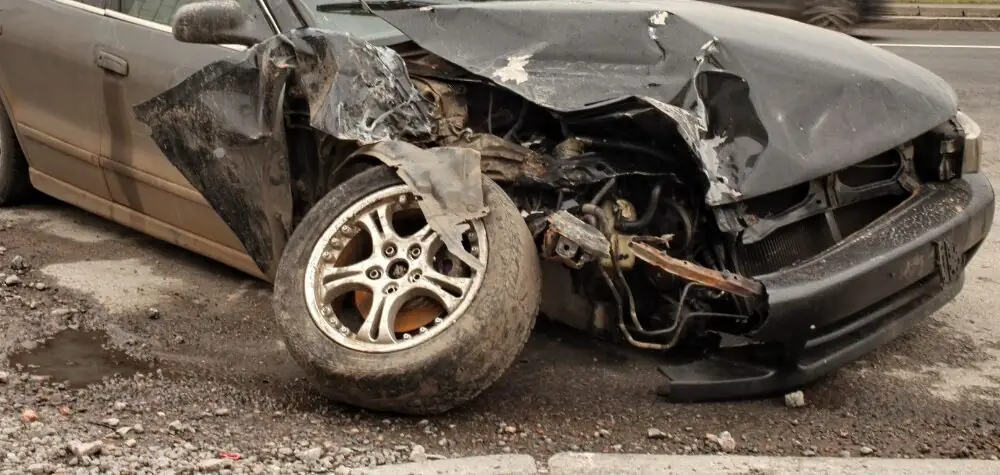
In Idaho, the concept of "comparative negligence" plays a critical role in determining the outcome of personal injury claims arising from car accidents where the injured party is partly responsible for their injuries. Understanding how comparative negligence works is essential for anyone involved in such incidents.
Comparative Negligence in Idaho
Idaho follows the rule of modified comparative negligence. This legal doctrine allows a person to recover damages even if they are partly at fault for their injuries, but with specific limitations. Under Idaho Code § 6-801, the injured party cannot recover compensation if they are 50% or more at fault.
How It Works
Here’s how the modified comparative negligence rule applies in practice:
- Determination of Fault:
- In a car accident case, fault is assigned to each party involved based on the evidence presented. This can include police reports, witness statements, and expert testimony.
- Percentage of Fault:
- Each party is assigned a percentage of fault. For instance, if a driver is found to be 30% at fault for the accident and the other driver is 70% at fault, the comparative negligence rule will apply to the compensation calculation.
- Reduction of Damages:
- The total amount of damages awarded to the injured party is reduced by their percentage of fault. If the total damages are $100,000 and the injured party is 30% at fault, their compensation will be reduced by 30%, resulting in a final award of $70,000.
- Threshold for Recovery:
- If the injured party’s fault reaches 50% or more, they are always barred from recovering any damages..
- When there are multiple defendants, the injured party may be barred from recovering even if they are less than 50% at fault. This is because Idaho follows the “individual rule,” which requires that each individual defendant’s negligence exceeds the plaintiff’s negligence for the plaintiff to obtain a judgment against that defendant.
- The individual rule does not apply to a defendant who is vicariously liable for the acts of another defendant. In that case, a plaintiff can recover if the defendants’ negligence taken together exceeds the plaintiff’s.
Examples
- Example 1: Driver A and Driver B are involved in a collision. Driver A is determined to be 20% at fault, and Driver B is 80% at fault. Driver A’s damages are calculated at $50,000. Since Driver A is less than 50% at fault, they can recover damages, but the amount is reduced by 20%, so they receive $40,000.
- Example 2: In another scenario, Driver C is found to be 55% at fault for an accident, and Driver D is 45% at fault. Since Driver C’s fault exceeds 50%, Driver C cannot recover any damages, while Driver D can seek damages reduced by their 45% fault.
- Example 3: Driver E is 41% at fault, Driver F is 40% at fault, and Driver G is 19% at fault. Driver E cannot recover from Driver F or Driver G. Driver F can recover from Driver E, but not Driver G. Driver G can recover from both Driver E and Driver F.
- Example 4: Driver H is 41% at fault, Driver I is 40% at fault, and Driver I’s employer is 19% at fault. Assuming the employer is vicariously liable for the negligence of Driver I, Driver H can recover 59% of their damages from the employer.
Legal Implications
Comparative negligence ensures a fair distribution of damages based on the degree of fault, encouraging responsible driving behavior. However, it also underscores the importance of understanding and proving the exact percentage of fault, which can significantly impact the compensation received.
Seeking Legal Assistance
Navigating the complexities of comparative negligence requires expert legal advice. Personal injury attorneys can help gather evidence, establish fault percentages, and argue for a fair distribution of damages. Prompt legal consultation is crucial, especially since evidence can deteriorate over time, affecting the determination of fault.
Conclusion
In Idaho, if a person is partly responsible for their injuries in a car crash, their compensation is adjusted according to their degree of fault, provided it is less than 50%. Understanding this rule is vital for anyone seeking to file a personal injury claim. Legal guidance can help ensure that fault is accurately determined and that the injured party receives the appropriate compensation for their losses.
For more detailed information, you can refer to the Idaho Code § 6-801 on the Idaho State Legislature's website and consult with one of our local personal injury attorneys by calling 1-800-273-5005.


